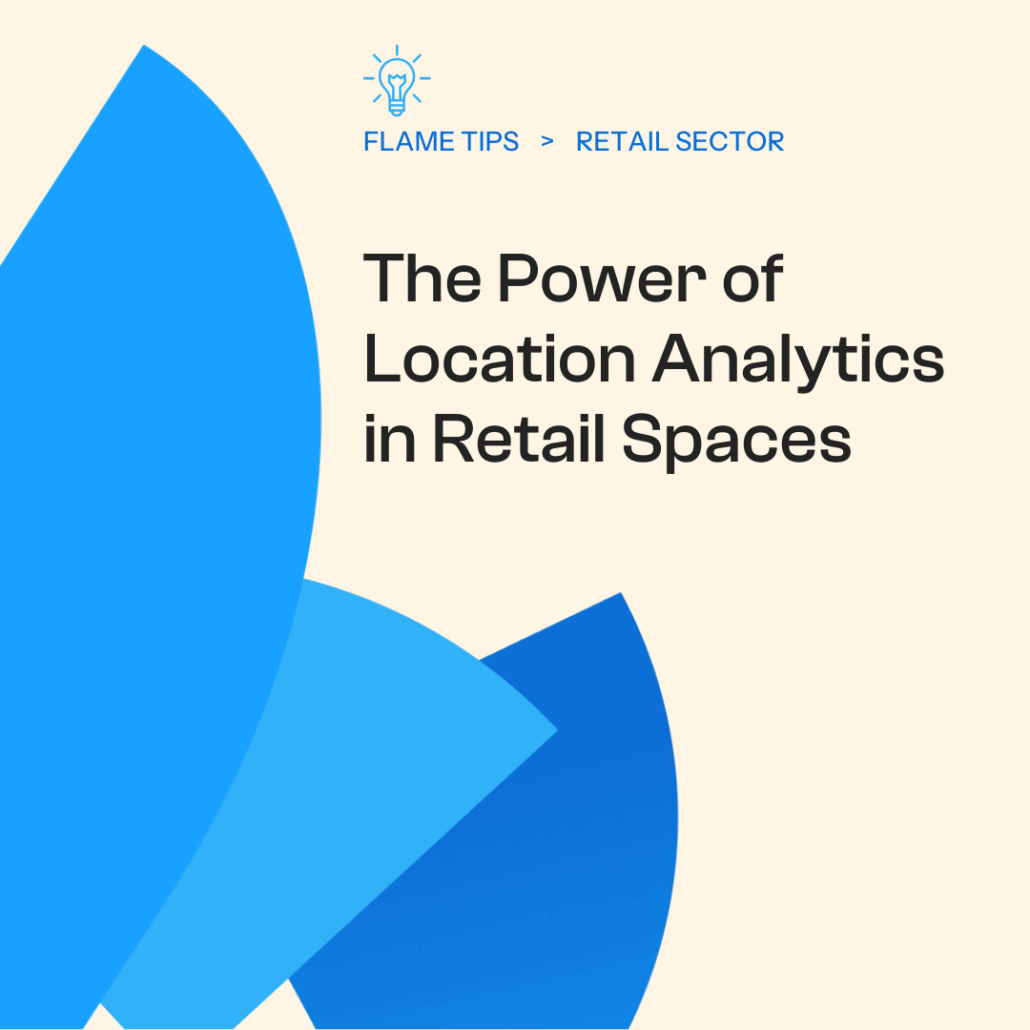In today’s competitive retail landscape, simply opening your doors and displaying products is no longer enough. Consumers expect personalized experiences, intuitive store layouts, and efficient shopping journeys. This is where location analytics becomes a crucial tool. By understanding how customers move within your physical space, you can optimize layout, marketing efforts, and operations — all based on real-time behavioral data.
In this article, we’ll explore what location analytics is, how it works in retail environments, and how a platform like Flame Analytics empowers retailers to make smarter, data-driven decisions.
What Is Location Analytics in Retail?
Location analytics refers to the process of collecting, analyzing, and visualizing spatial data based on how people move and behave within a physical space — such as a retail store, shopping mall, airport, or event venue.
Using technologies like WiFi tracking, Bluetooth beacons, infrared sensors, and video analytics, retailers can anonymously monitor customer movement patterns. This includes:
Footfall counts: How many people enter the store and at what times.
Dwell time: How long shoppers stay in specific zones or near certain products.
Path analysis: The routes customers take through the store.
Zone engagement: Which areas are most and least visited.
These insights help brands visualize customer behavior through heatmaps, flow maps, and custom dashboards — making it easier to optimize every corner of the physical space.
Why Location Analytics Matters More Than Ever
With the rise of e-commerce, physical stores must offer something digital channels can’t: a seamless, engaging, and efficient in-person experience. However, many retailers still rely on instinct or outdated methods to design store layouts or place promotional materials.
Location analytics removes the guesswork by turning behavioral data into actionable insights. Instead of wondering which displays are effective, or which areas go unnoticed, retailers get real-time feedback on what’s actually happening inside their stores.
This kind of transparency allows retailers to react faster, test and validate strategies, and improve both operational efficiency and customer satisfaction.
Key Benefits of Location Analytics in Retail Spaces
1. Optimize Store Layout and Navigation
Customer flow analysis helps you identify which paths shoppers naturally take, where they slow down, and which zones they avoid. This allows you to:
Place high-margin items in high-traffic zones.
Improve signage and navigation to guide shoppers more efficiently.
Remove or redesign areas that create bottlenecks or dead-ends.
Over time, these optimizations lead to smoother shopping journeys and increased conversions.
2. Enhance Marketing Effectiveness
Marketing campaigns are expensive — and without data, it’s hard to know what’s working. With location analytics, you can:
Measure how many people pass by a promotional display.
See how long they stop and engage.
Compare campaign performance across different locations.
This helps you fine-tune messaging, placement, and visuals for better ROI and customer engagement.
3. Improve Customer Experience
Today’s consumers value convenience. If they get lost, confused, or frustrated in your store, they’re less likely to return. Location analytics enables you to:
Eliminate friction in the shopping journey.
Optimize layout to reduce confusion or overcrowding.
Position staff where they’re needed most, based on real-time data.
Ultimately, this leads to higher satisfaction and loyalty.
4. Boost Conversion Rates and Sales
Data from Flame Analytics can help you align product placement and promotions with actual shopper behavior. By placing the right products in the right places — and adjusting your store based on how people move and behave — you can increase the chances of converting browsers into buyers.
5. Compare and Benchmark Store Performance
For retailers managing multiple locations, it’s crucial to understand which stores are thriving and why. With location analytics, you can benchmark performance across different stores and regions. Identify:
Which layouts drive better engagement.
Which marketing strategies work best in each location.
How seasonal trends impact customer movement.
Armed with this data, you can replicate success across your entire network.
Real-World Impact: What Flame Analytics Delivers
Retailers using Flame Analytics report impressive improvements, such as:
30% increase in traffic to promotional zones through better placement.
Up to 25% improvement in dwell time in strategic areas.
Enhanced marketing effectiveness and reduced operational costs through better resource planning.
Flame’s platform offers intuitive dashboards, heatmaps, and automated reports — making it easy for retail teams to understand data and act on it.
Take the Next Step: Turn Data into Profit
Location analytics is no longer a luxury — it’s a necessity for modern retailers. With Flame Analytics, you can unlock powerful insights, enhance store performance, and deliver the experiences your customers expect.
👉 Book your free demo today and see how location analytics can transform your retail space:
Request a Demo

